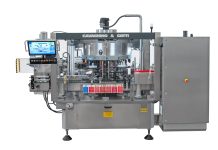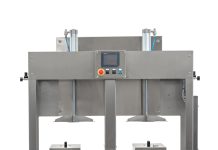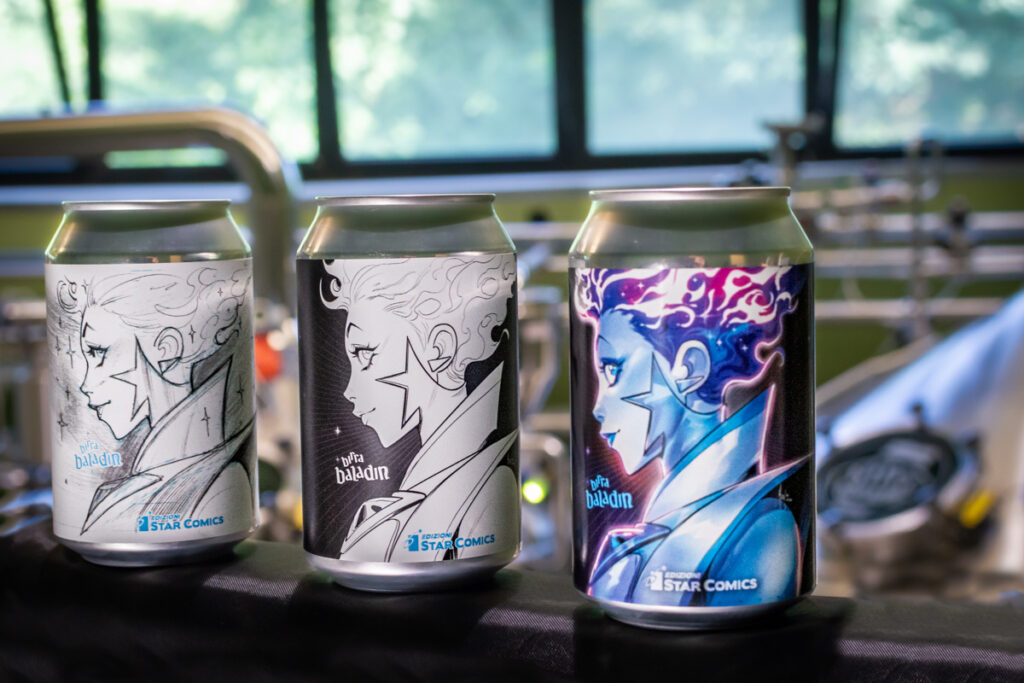
Cans are gaining more and more popularity in the brewery world. Many now consider cans the perfect containers for sustainability and product protection.
Long associated with industrial beer, for a few years now, with the rise of craft beers, the can has been cleared through customs, and now appears a modern and attractive packaging, perfectly in line with our times. Everything started with the American microbreweries, the same that started the craft-beer revolution and, keeping faith to their ability to anticipate the times and dictate fashions and trends, imposed this packaging, making it a cult object.
In Italy, the first to propose a craft beer in cans was Teo Musso, the great creator of the craft movement in this country, always on the hunt for novelty and determined to experiment. It was a breakthrough event that, in 2015, left everyone speechless, confirming, if there was still a need, that the sacred monster of Italian craft beer is always right. First of all, aesthetics have played and continue to play a key role in the success of this packaging.
The graphics on the can express themselves at their best, offering a decidedly larger surface area than the bottle label, and succeed in creating a packaging that is always of considerable impact, widely appreciated by a generation with a keen eye on the subject. The can also has a number of significant technical advantages. Starting from its lightness, which makes it not only a practical packaging, usable in various contexts. Consistent with increasing pressing sustainability issues, aluminium’s light weight makes the can a very attractive package.
If we consider that the weight of an empty 0.5 litre can is about 25 times less than the weight of a 0.5 litre bottle, there is a considerable reduction of the environmental impact of transport as well as of transport costs; transport itself also benefits enormously from the optimisation of the possibility of stacking cans, unlike the case with bottles. Remaining in the field of sustainability, aluminium also has the advantage of an easy recovery of the raw material, bauxite, present in different parts of the world, a low energy cost starting from the mineral and a total recyclability.
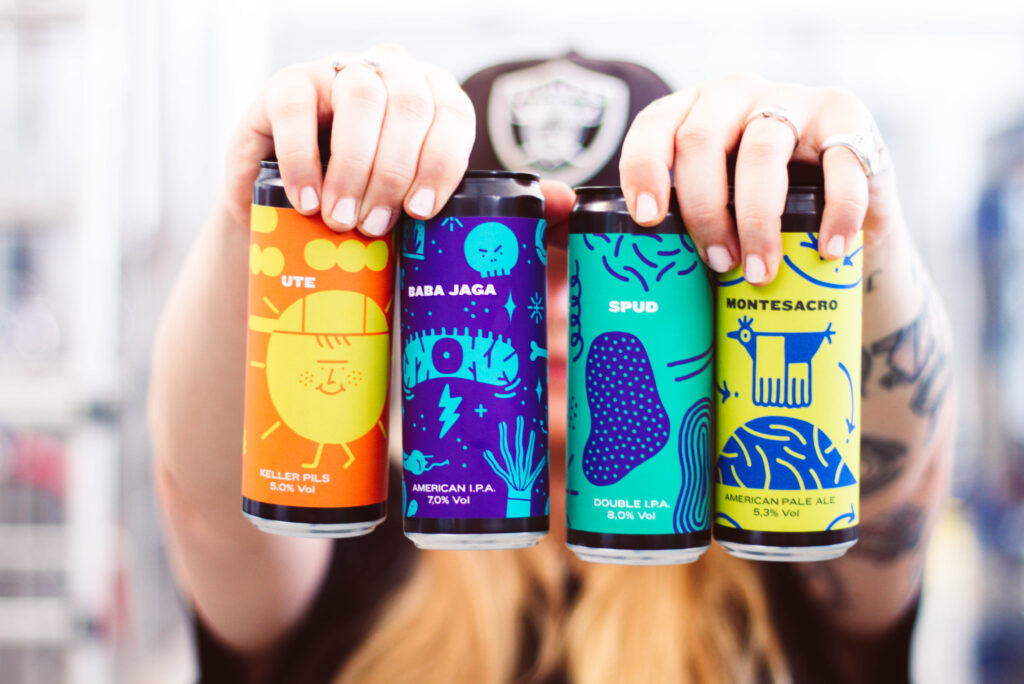
Perfect for e-commerce
Another salient feature of packaging is its unbreakability, which significantly reduces the loss of goods in transport and warehouse management. Not only. Cans also appear to be the most suitable packaging for home deliveries, which are growing in all sectors due to the spread of e-commerce. Venues have their advantage in the can not only from a product stocking point of view, but also in service, as the cooling rate is much faster than for glass. And now let’s talk about conservation.
The can has the advantage of totally protecting the beer from light, thus avoiding one of the most frequent alterations of the product. In addition, it guarantees total protection from oxygen, the cause of oxidation, as opposed to the bottle, whose limits are determined not so much by the glass as by he crown cap. It now seems essential for every brewery to have a line in cans, also because it is said to be the driving force behind the others.
Birrificio Cittavecchia, in the province of Trieste, has just recently launched a canned line, Antikorpo Brewing: Six beers, distributed throughout Italy, which have allowed the brewery to open up to a new market. The line includes the more traditional styles for this type of package, namely a Keller Pils, a Pacific Pale Ale, a gluten-free India Pale Lager, a West Coast Double IPA, but also a Blanche and a Pastry Stout with candied orange.
The Antikorpo Brewing branded products are available, in addition to 24 l polykegs, in 400 ml cans with graphics inspired by the world of surfing (it’s no coincidence considering that the young brewer, Davide Galliussi, is a sufer who ranked third in the last edition of the Brewer of the Year award in the Emerging category) and were created by the tattoo artist Rory Riot from Milan. In fact, the project idea envisages the involvement of artists to whom give a space where they can express their creativity. “Resilient Waves of Beer“: this is the claim with which the Antikorpo Brewing line is presented, a play of words between ‘resilience’ and ‘waves’, the same waves on which Davide loves to venture out at sea and that inspire him in the creation of beers.
“The project – as told by the brewery – involved a major investment. We purchased a new canning plant that works at 1600 cans per hour and complements the bottling plant. The decision to approach the can comes from the need to diversify and to approach a market segment a little more niche than the one we are used to selling to. Not only restaurants, bars and pizzerias managed through generalist distribution then, but also pubs, beer shops and distributors specialized in artisan beers”.
Cittavecchia organized the delivery of these beers, as we were told, with a rigorous management of the cold chain, using, thanks to agreements with specialized transporters, refrigerated trucks able to preserve at best the hopped beers, which have scents that degrade quickly and which also have shorter deadlines than the classic beers such as Helles or Weizen.
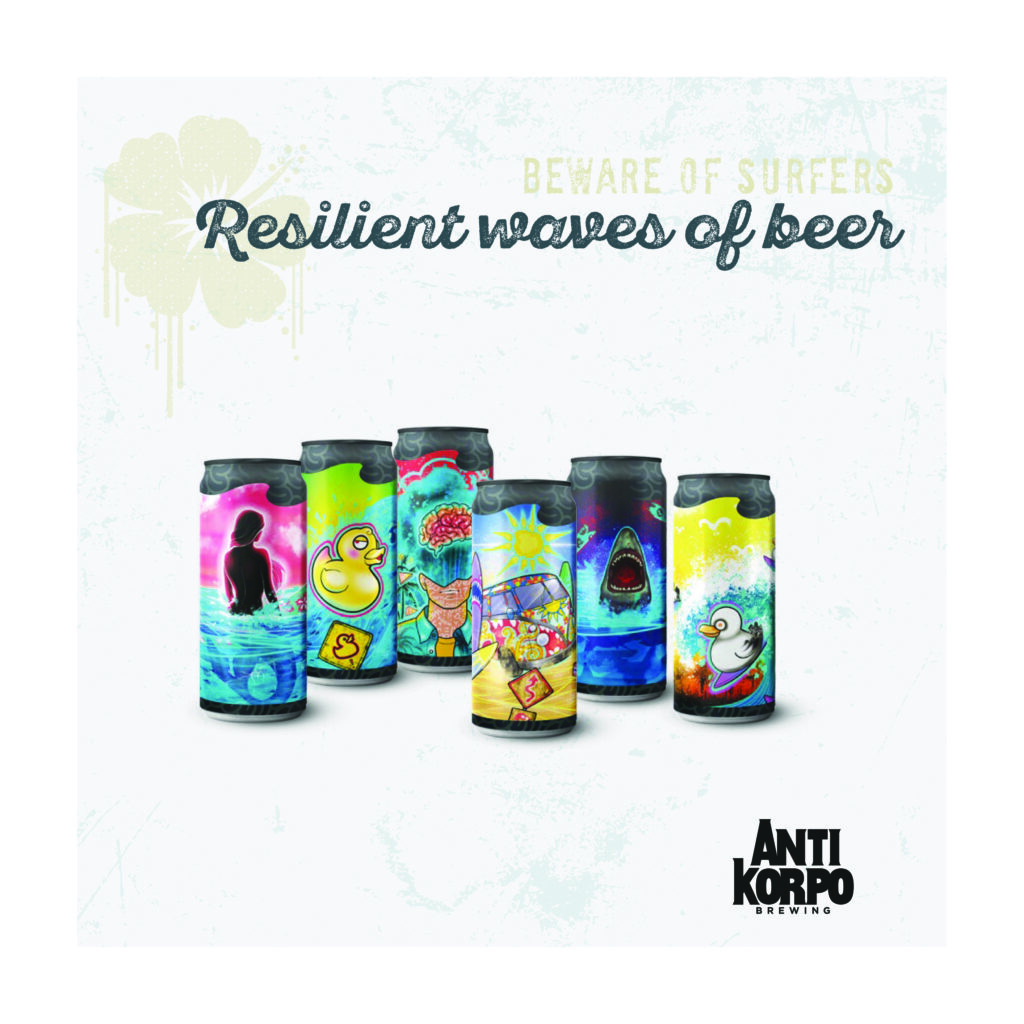
Between aesthetics and technology
In the summer the Birrificio della Granda, in the province of Cuneo, launched two canned lines: The Girls, “Pop range designed for all types of customers, a way to approach newbies to craft beer”, and H4TG (Hop For The Geeks), a more refined and dynamic line, created for beer lovers. “We believe that the can well represents the dual soul of craft beer – explains Ivano Astesana – on the one hand it is a simple product, suitable for everyone at all times of the day, it is transportable and does not have the restrictions of glass; on the other hand it is a relatively new and practical material that reflects the desire for continuous research and fun in experimentation.
Technologically, it preserves the scents and aromas of the most complex beers, preventing the passage of air and light; it is 100% recyclable and has less impact on transport because it weighs less than glass. In addition to these universal benefits, for us the introduction of cans was an opportunity to rethink the entire production cycle, reviewing it and identifying its critical points. Simply put, it was the innovative drive that allowed us to look to the future with improvement as our goal.”
“I have chosen the can since the opening of our brewpub in 2018 – explains Katri Gelati, owner of the brewpub Barba d’Oro of Trezzano sul Naviglio, near Milan. Ideal for transporting beer, low cost, unbreakable, light weight and therefore easy to store for a club like ours, where space is limited. In addition, it is 100% recyclable, more so than glass. Furthermore, with excellent beers and eye-catching graphics I wanted to give dignity to the can, considered a B-class package compared to the nobler glass. We succeeded: the product is really appealing”.
Jungle Juice Brewing in Rome has also made the can a real must, and has chosen it exclusively for its production for its eco-friendly characteristics as well as its ability to preserve the product. “It protects from light ensuring a total shield against UV rays and thus not damaging the aromas and taste of beer – the brewer explains. It also keeps oxygen out by being totally hermetic and produced following the isobaric process and constantly monitoring the dissolved oxygen content”.

Long live customization
Toccalmatto is also making its debut in the cans world, investing in a filling and packaging plant with a capacity of 3000 cans per hour: “The format chosen is the 44 cl one, and as a result of the various tests carried out on the plant, we are currently in the process of launching the first 3 references: Skianto, a Session IPA; Madame Satan, a Neipa; and Zona Cesarini, a Pacific IPA. Of course, we couldn’t help but invent something new, and thanks to the research of our brewers, a new IPA by Toccalmatto was born: the Fistful of hops, whose official release was scheduled for early December 2020″. Clearly, in a can.
Finally, Baladin, the brewery that inaugurated the revolution of canned beer in Italy, reconfirms the validity of this packaging by upgrading the dedicated plant with a new canning machine with an hourly capacity of 4,000 cans. For Baladin, therefore, all the prerogatives of this container remain valid, emphasizing the high customization potential of the large surface, which led to the choice of this packaging for the majority of the limited series.
“We work actively with the packaging company Crown, with whom we have created special customisation projects. The Pop, in the current version present on the market, comes in 12 variants of graphics and colours to collect. To do this, an innovative printing technique was applied, which won a prestigious award from the International Metal Decorating and Packaging Association”, explains Fabio Mozzone, Moz, Baladin’s marketing manager.
“The next project involves the application of a brand new technique that will make the can even easier to use for direct consumption of the product: it will be presented with the opening of Green Pea in Turin”. Next to Pop and Sud, Baladin will expand its can range with L’Ippa and Rock’n’Roll. “We believe this packaging can be a valuable bridgehead between generations of consumers”, the brewer points out.
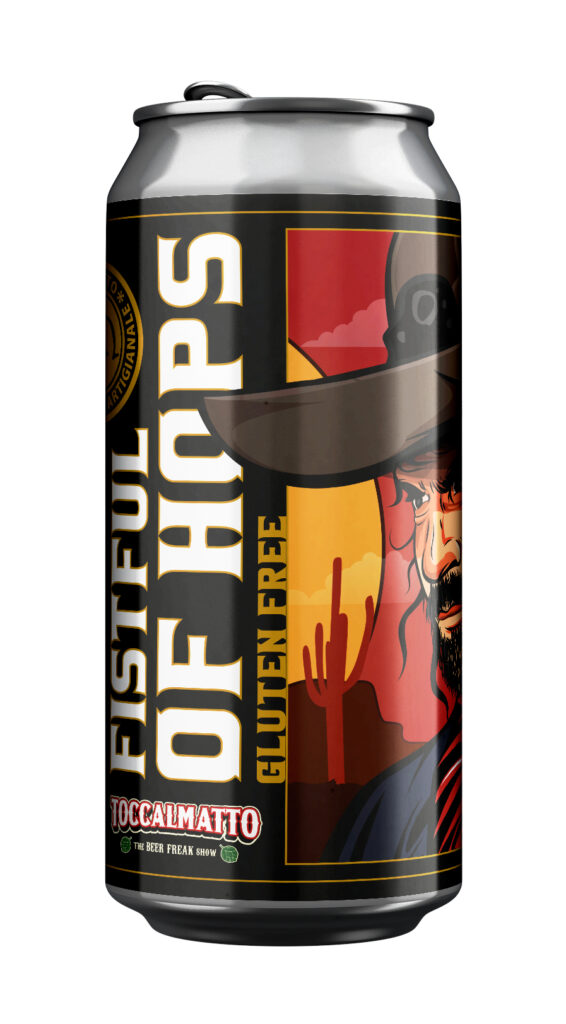
Investment and service
Now there are many breweries that have already implemented this package, and just as many that are considering it with great care. However, are there any cons? The first and most immediate is the initial investment required. In principle, it could be about 50,000 Euro for a plant producing 1200 cans per hour.
To get around this, however, there are third-party services, i.e. specialized companies that reach the breweries with mobile units, and offer services including the selection of the suitable can, its pressing, filling and quality control. Another aspect to consider is that aluminium is not suitable for all types of beers. Certainly, given the elasticity, to those re-fermented in the bottle.
The most suitable ones, however, are the beers intended for summer consumption, but also those that are most loved by young people, such as APA and IPA, who find in the can the ideal “dress” with modern graphics and which are closer to the world of Millennials and of the Z Generation.
Last but not least, the serving and drinking experience is completely different. The presence of the bottled product on the table has an elegance and appeal that the can certainly doesn’t have. But one thing needs to be said. Just as you don’t drink beer directly from the bottle, you shouldn’t drink beer from the can either.
“Co2 is generally kept at such levels that direct consumption from the can is pleasant anyway – points out Federica Felice of Birrificio Cittavecchia – but the truth is that like wine, beer is also tasted with the eyes, so the act of pouring it into the glass and assessing its colour and foam is essential in order not to lose part of the organoleptic sensations it produces”. On the other hand, as for the taste, the organoleptic contamination between aluminium and beer is now to be ruled out, because cans have an inner coating that protects the product from any alteration in taste.

